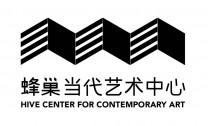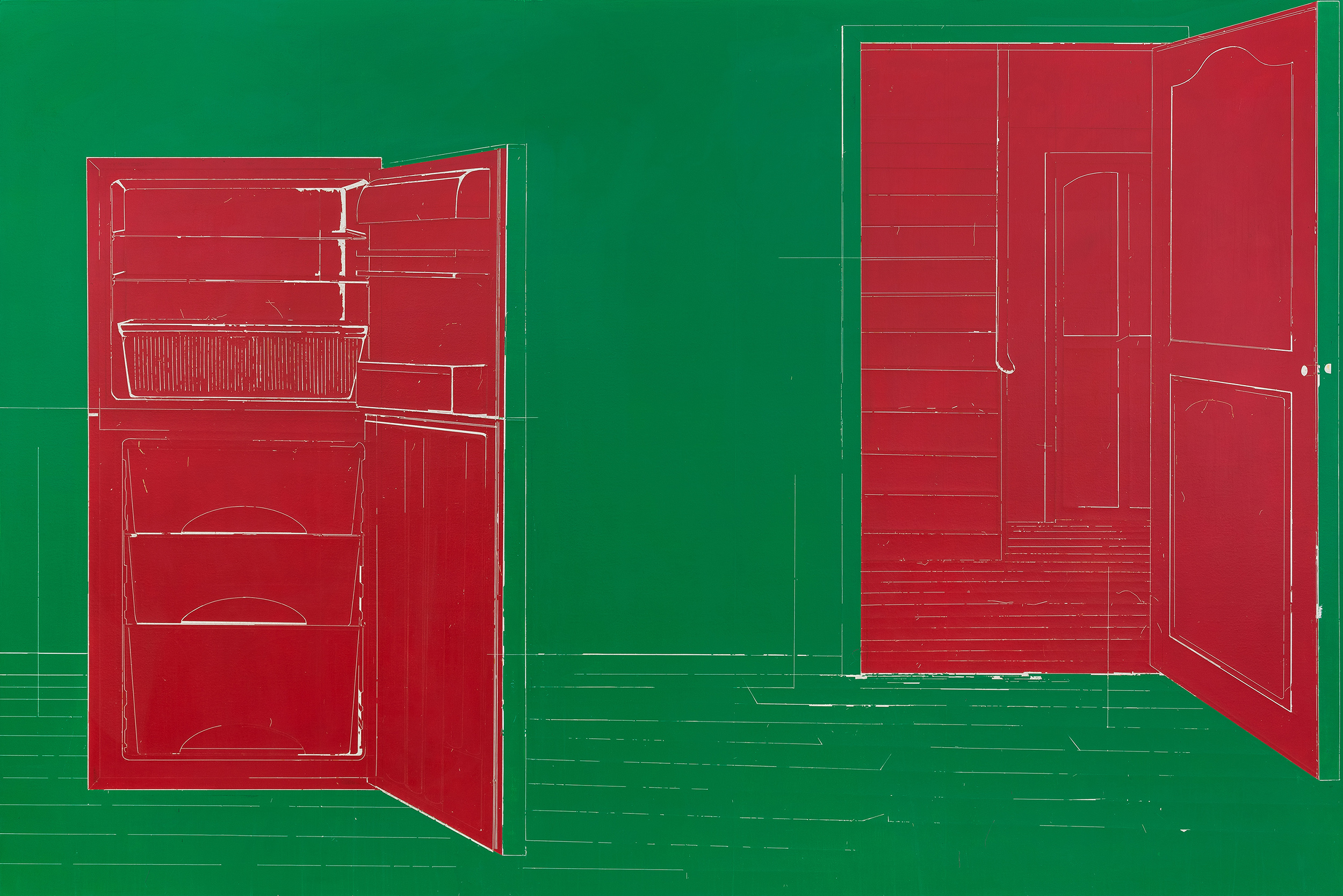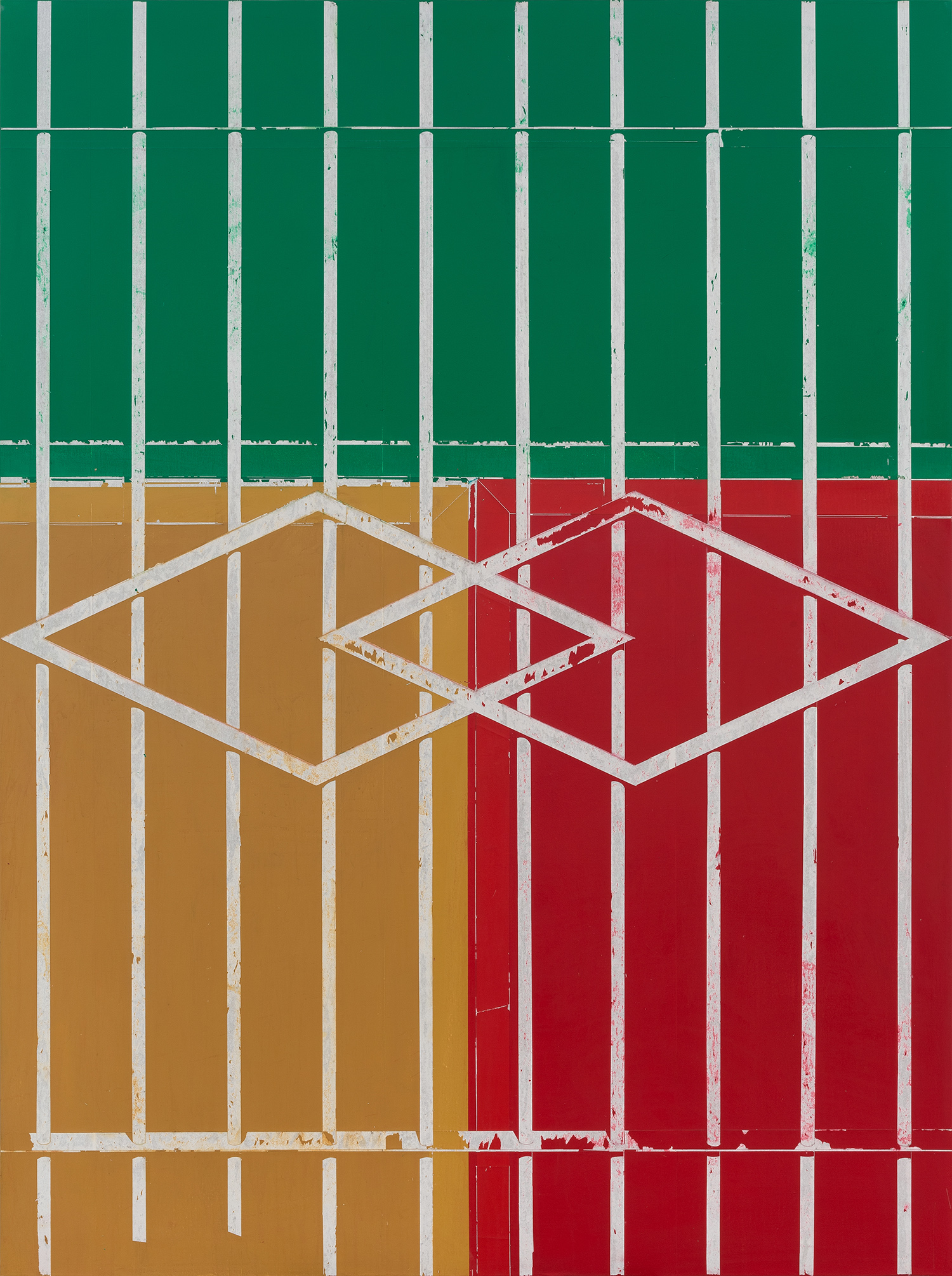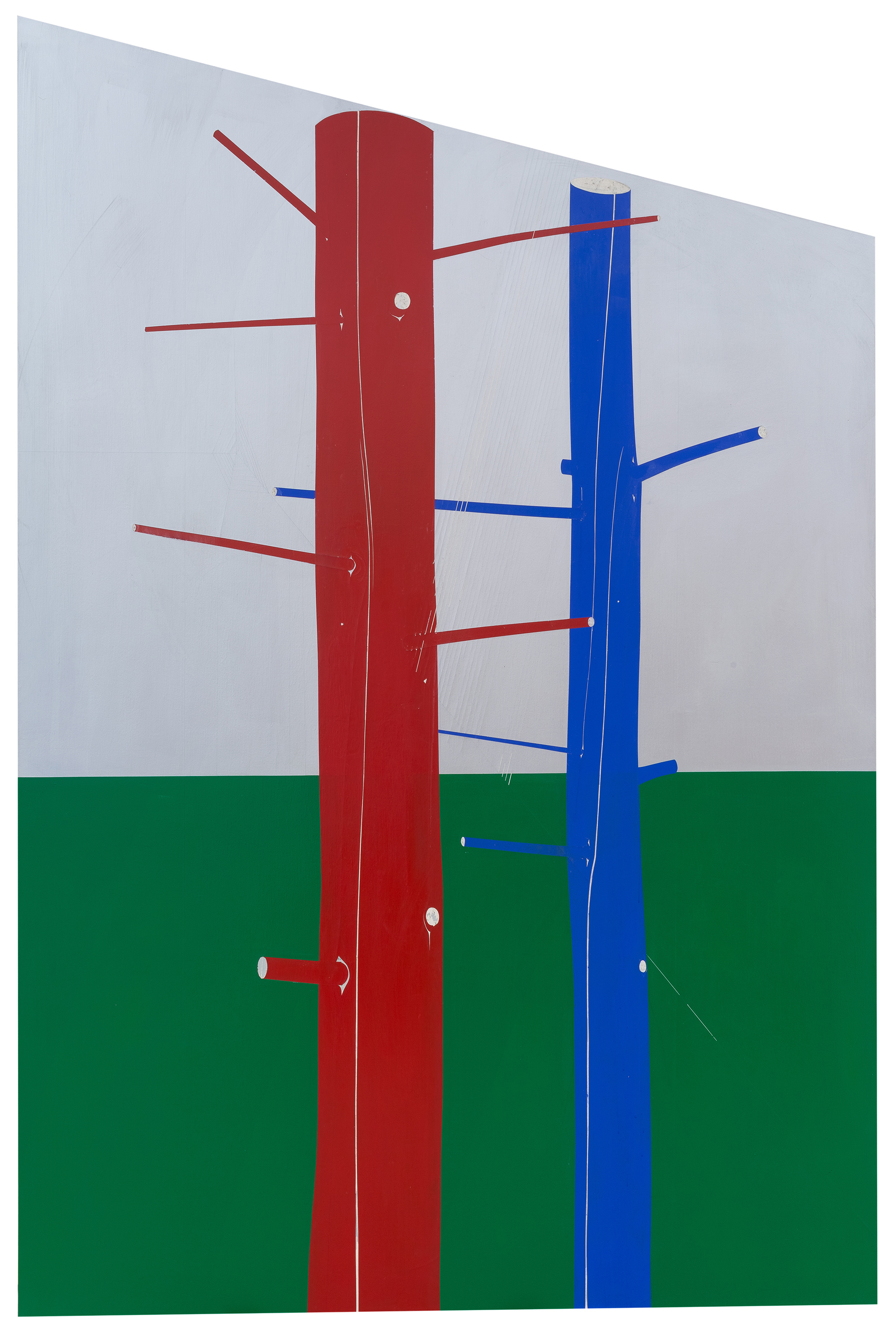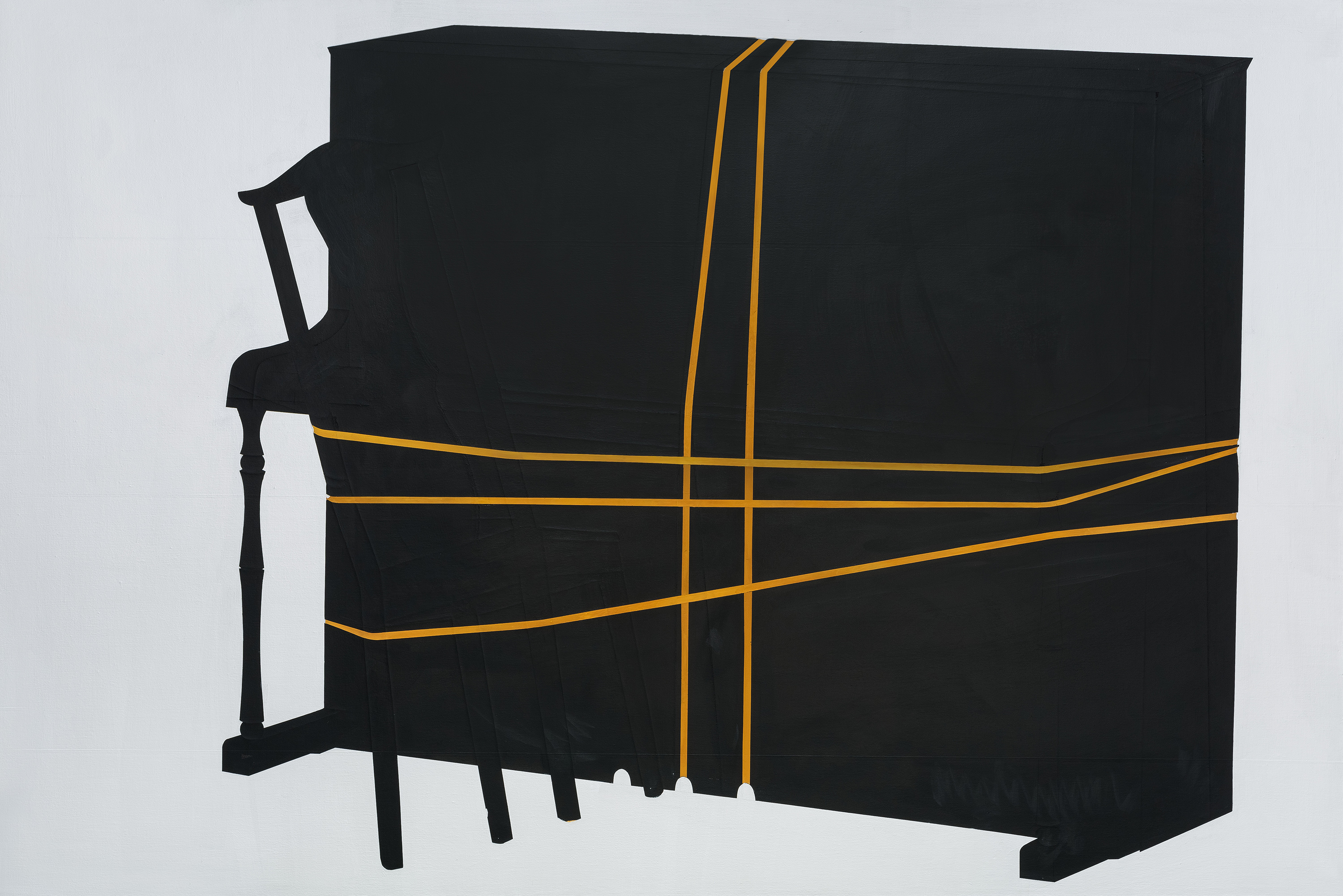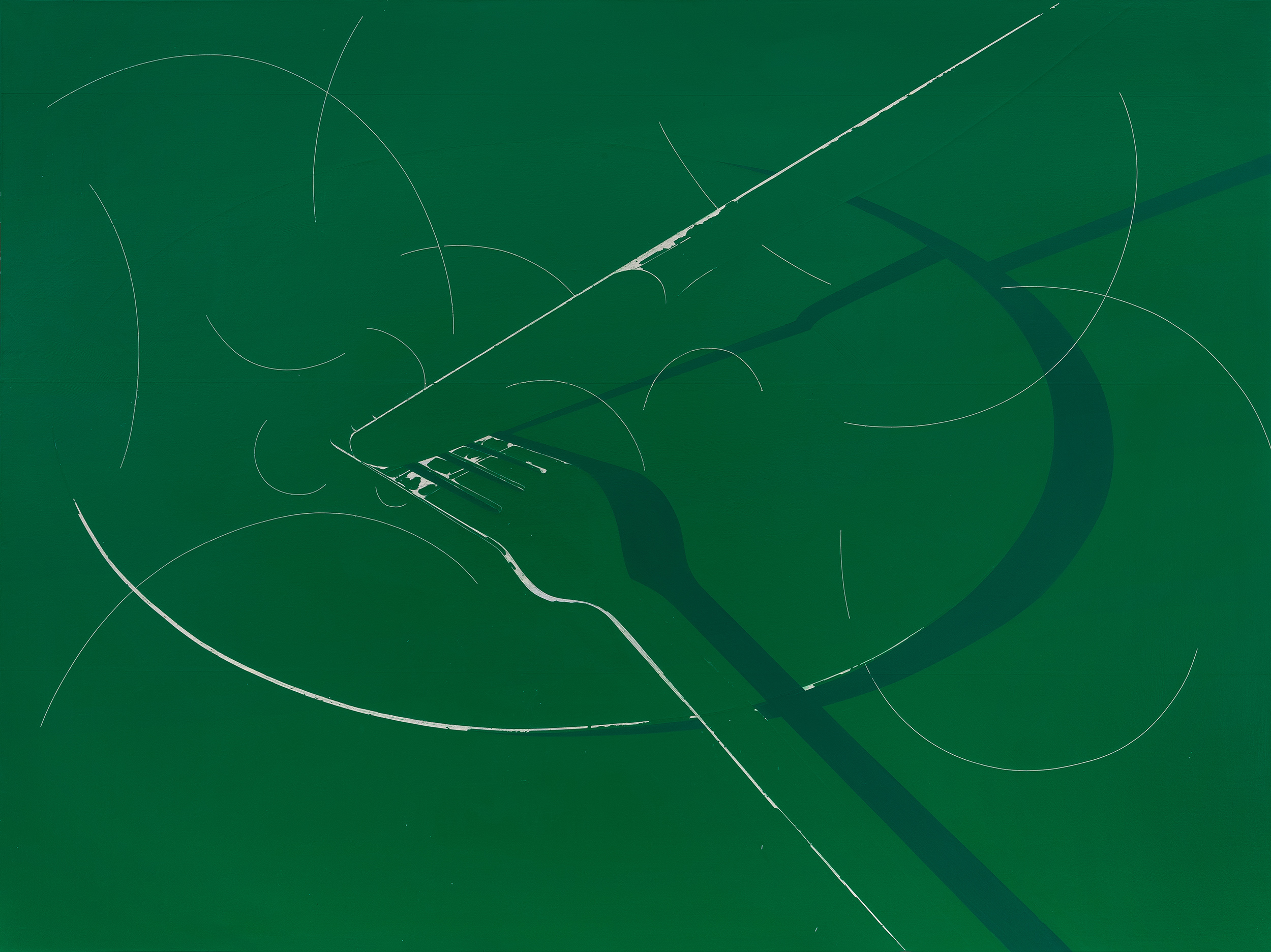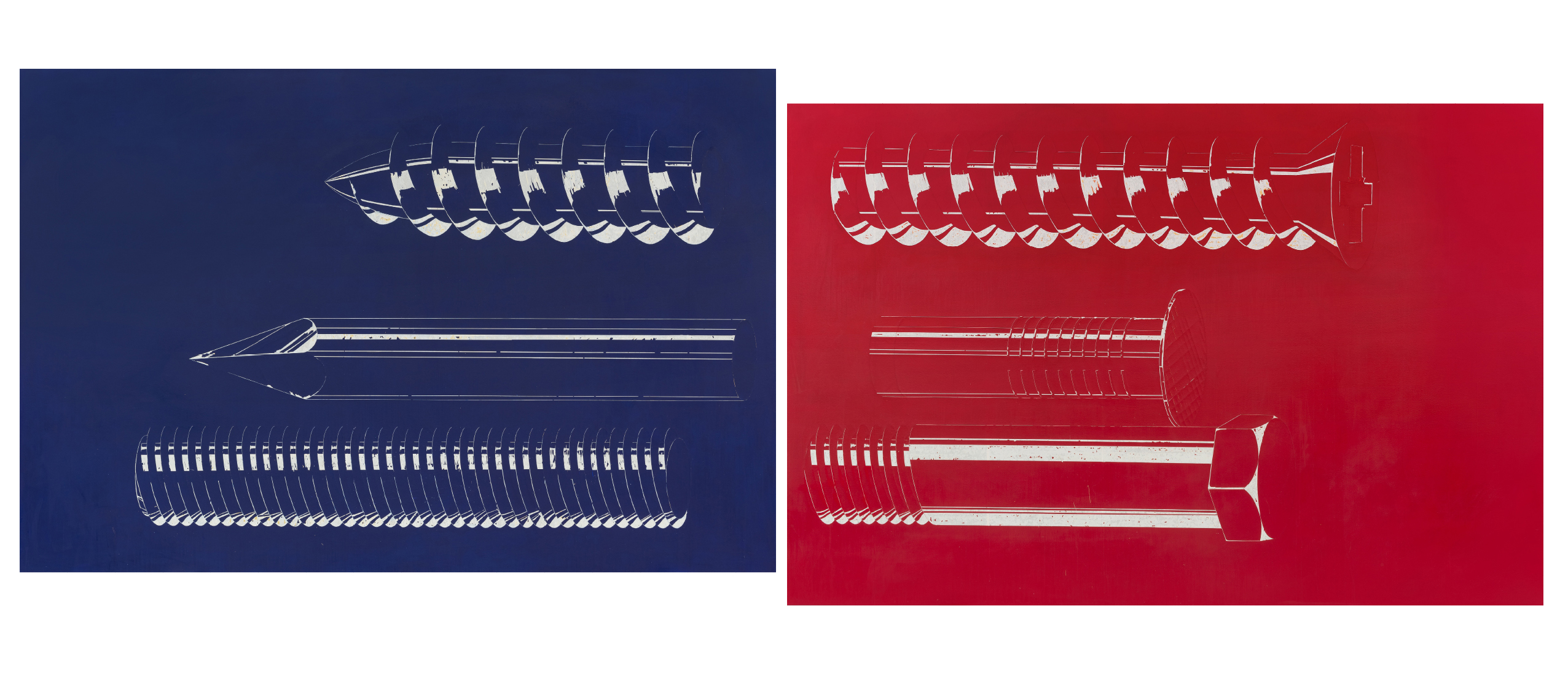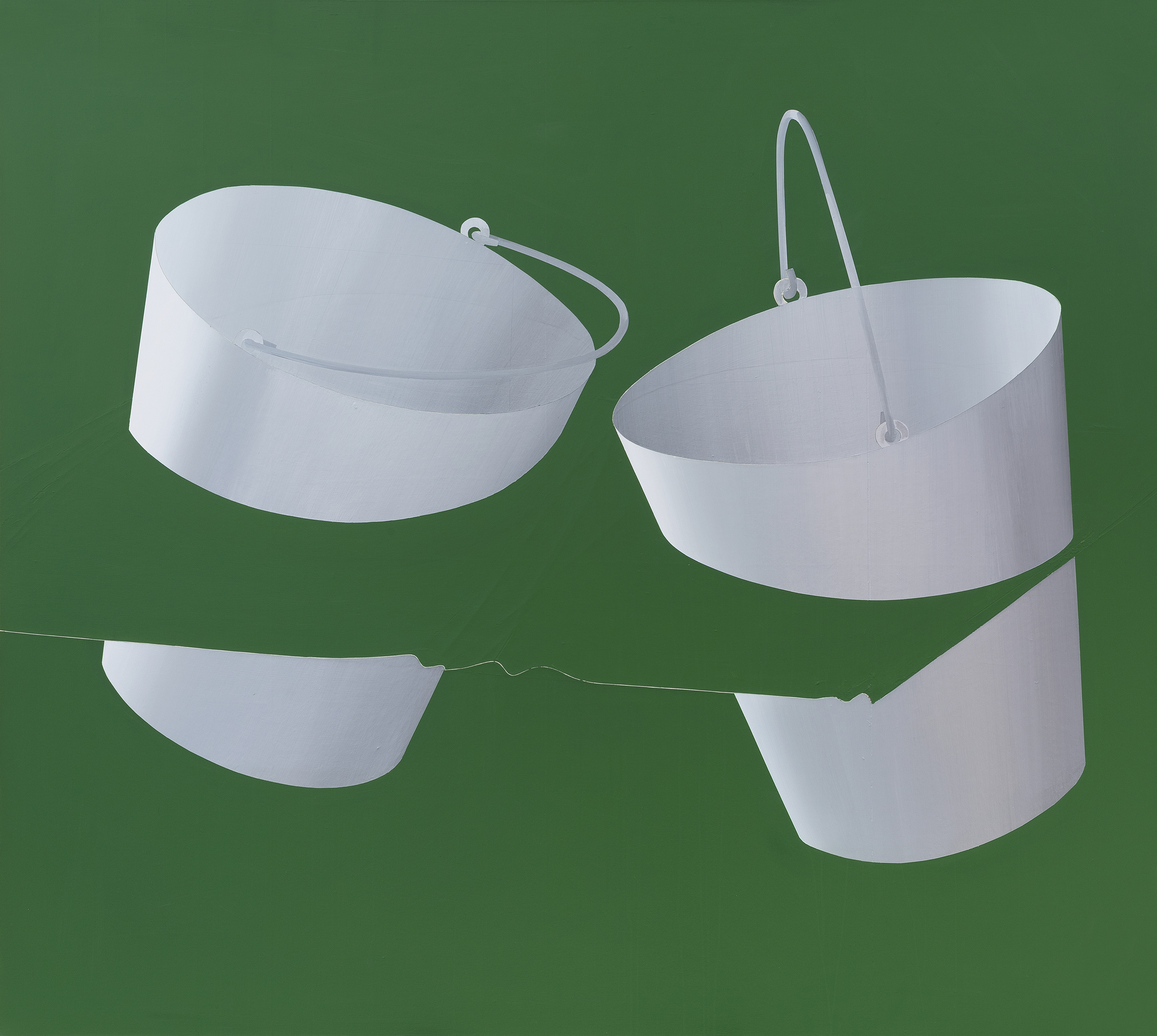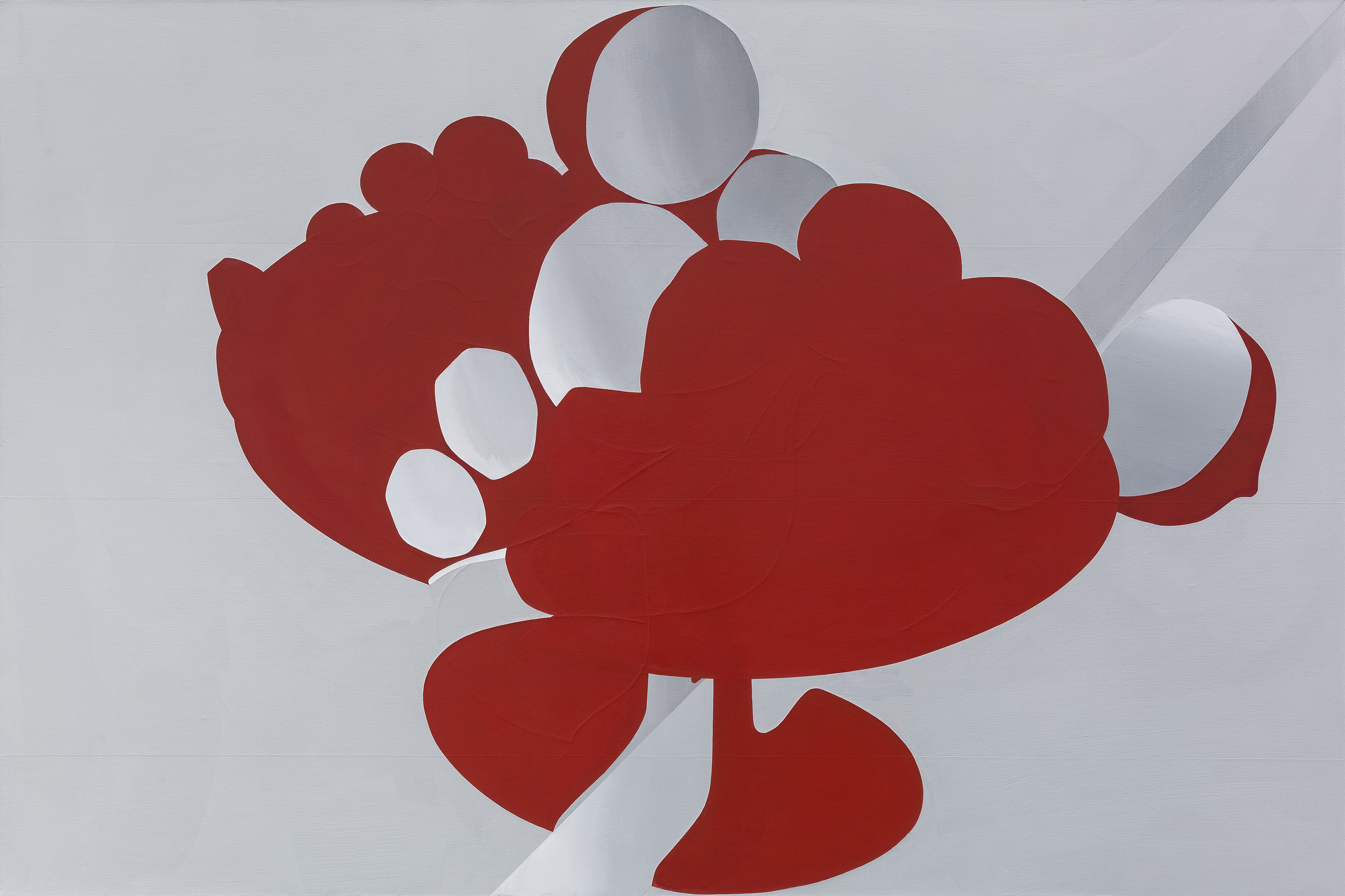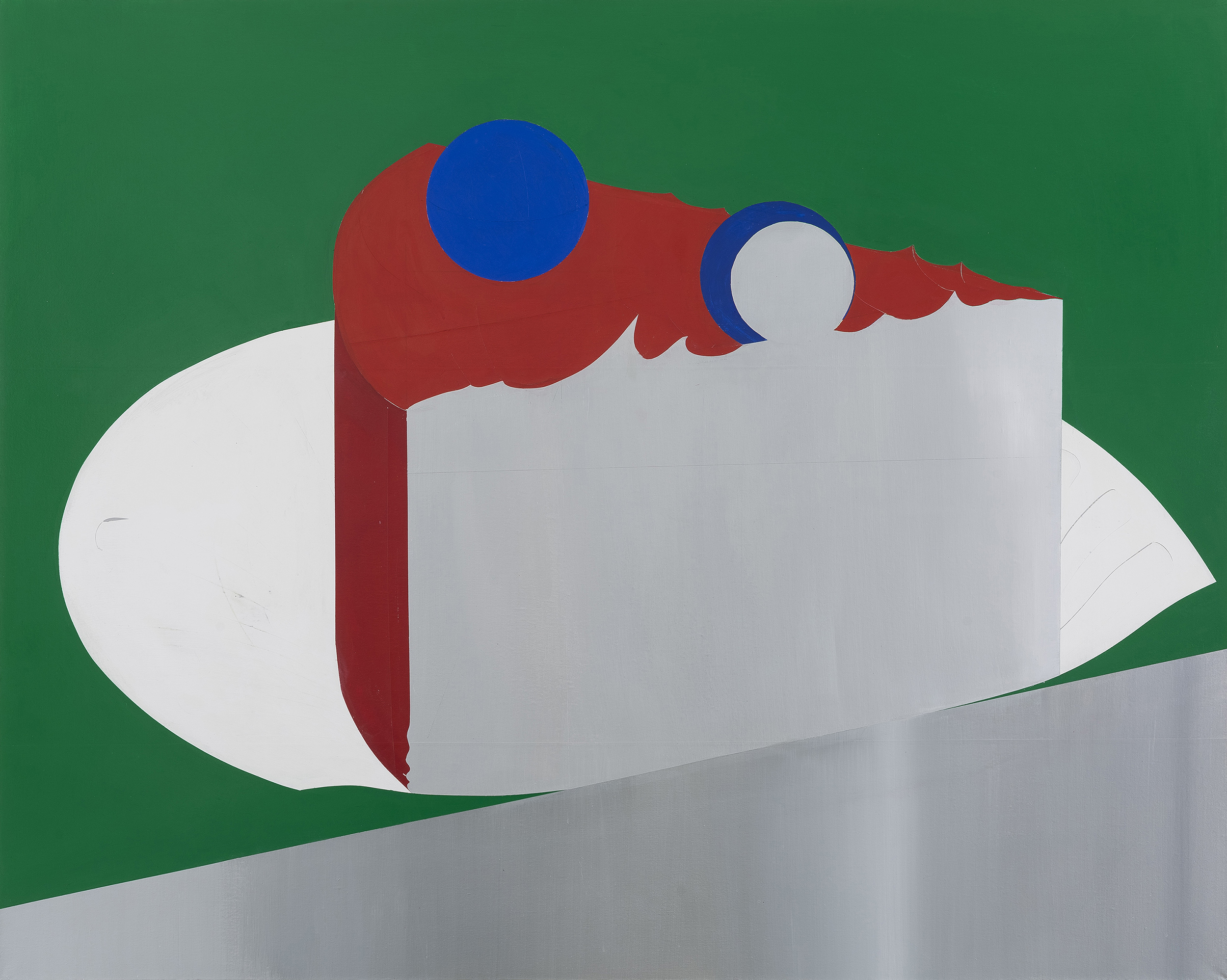- 资质:诚 艺
- 评分:
1分 2分 3分 4分 5分 6分 7分 8分 9分 10分 8.4分
- 印象:
- 经营时间:17年
- 展厅面积:
- 地 区:北京-朝阳
冷广敏:完美破坏
- 展览时间:2017-07-15 - 2017-08-20
- 展览城市:北京-朝阳
- 展览地点:酒仙桥路4号798艺术区E06
- 策 展 人:许晟
- 参展人员:
展览介绍
冷广敏:完美破坏
Leng Guangmin: Perfect Destruction
艺术家| Artist:冷广敏| Leng Guangmin
策展人|Curator: 许晟| Xu Sheng
开幕时间 | Opening:2017.7.15 16:00
展览时间 | Exhibition Dates:7.15 - 8.20.2017
地点|Venue:
蜂巢(北京)当代艺术中心| Hive Center for Contemporary Art (Beijing)
地址|Add.
北京市酒仙桥路4号798艺术区E06 |
E06, 798 Art Distrct, Chaoyang Distrct, Beijing, China
蜂巢(北京)当代艺术中心荣幸地宣布,2017年7月15日将在A厅推出“冷广敏:完美破坏”个人作品展,这也是蜂巢北京空间首次动用主展厅为一位“80后”青年艺术家举办大型个展。展览由年轻评论家许晟策划,展期将持续至8月20日。
出生于1986年的冷广敏,是中国当代艺术家序列中最年轻一代的代表性人物之一。在他的创作中,传统绘画法则中的黄金律和艺术流派的界限时常被背叛,不合常理的视觉悖谬,一个图像两条逻辑线的相互矛盾和抵消,往往辅以对比强烈的色彩,奇妙地并置在他的画面中。他的创作似乎依赖了现有艺术所有的方法系统,同时又巧妙地回避了业已结痂的固有经验与观念,既抹灭了抽象的疆域,也模糊了具象的边界,作品建立在极简主义的脉络系统中,却又散发出某种混杂的不确定的美学特征。而潜藏在作品当中的硬度和力道,仿佛宣告他的创作目的并非追求画面的完美,倒像是为了证明自身拥有惊人的挑衅力和背叛力,在一次次建构完美图像的同时,又一次次完美地实施着对图像完美性的破坏,无休止地让自己陷入西西弗自虐式的艺术历险之中。
此次“完美破坏”个展,集中呈现了冷广敏两年多来的创作。相较于之前的“看见表象”(2013)和“冷广敏”(2015)两个展览,艺术家继续保持了以往个人独特的创作方法,依然使用纸张糊裱在亚麻布上,然后在纸面上用丙烯绘制需要表现的图形,最后以刀代笔来刻画图形的细节,重新让覆盖在颜料底下的部分纸面露出,从而达到对图形本身赋予质感的形塑目的。在整个创作过程中,冷广敏犹如一位精准的外科医生,冷静、客观、理性甚至机械,尽量避免带有个人化情绪的书写性介入,完全倾心于对图形本身所需细节的注视、塑造与再现。正如罗兰•巴尔特(Roland Barthes)的零度写作概念,艺术家在进行着“一种纯洁的写作,毫不动心的写作”。然而情感的零度并不意味着创作中感情的缺失,恰恰相反,当冷广敏将感情降至冰点,防止个人主观情感泛滥,可以视作他对自身以及世界的认知,变得更加开阔、客观和公允,让理性来表达现实中的真实以及内心的真实。
除了一以贯之的严谨手法之外,冷广敏对“物”超乎寻常的关注,向来是构成他创作的主要线索。近几年来,艺术家对此的热情非但没有消褪,反而在持续性的推进中不断地生发和延展。无论是早期赖以成名的“旧家具系列”,还是后来的“花草系列”和“工业人造物系列”,其关注点始终聚焦在“物”的概念上。从哲学层面上说,所有“物”的特质都囊括了“现实物”与“精神物”两个层面,而且如苏轼所说“物与我皆无尽也”,万物流露出来的形态会随着观者的心情而改变。冷广敏对于“物”的理解与他的创作是相互契合的,并且绘画语言表达充分、饱满。他以写实风格描摹物体的外形,显然并非他的兴趣所在,更不是他的创作方向和目的。他试图达到的,是在画布上塑造出它们各自独具的内在气质。虽然呈现这种难以言说的气质,往往需要借助刻画“物”本身的质感,甚至通过时光斑驳的真实感来表现,在某种程度上与“精神物”的气质有所相悖,但正是这种貌似真实、实则虚假的超现实逻辑,让冷广敏击破了真实之物和所指之物之间的客观联结,从而得以把禁锢在“现实物”表象之下的“精神物”解放出来。与马格利特在“这不是烟斗”中展示语言与图形之间的背叛不同,冷广敏迷恋隐匿在图形背后的不可见之物,并进行有效的显现、指认和确立。这种美学特征或许与东方哲学的思辨有关,但更多的是在西方极简主义的形式基础上,拓展绘画图形和语言之间丰饶的复杂关系。
出生于全球化语境下的新一代中国艺术家,因为社会成长环境的改变,通常给人带来的印象是缺乏集体记忆,既没有政治表达的欲望,也不再关注宏大社会叙事,创作上过于沉溺在个人化的自我趣味之中,仿佛变得无力苍白。然而,每代人都有各自的责任和担当,也同样面临着需要解决的问题。事实上,政治化文化遗产的消隐,至少让这一代艺术家的思维,卸下了与他们的成长经历并不匹配的负重感,创作视域因此变得更加广阔和开放。他们从不排斥新技术的尝试,欣然拥抱新媒介的出现,而且运用起来应心得手;在观念上也不断打破传统与现代、东方与西方、具象与抽象、民族性与世界性等简单二元对立,有意识地把自己的创作置放在艺术本体的框架内,与全球同步探讨当下面临的问题以及将来的可能性。冷广敏的最新创作,大体上可以看出他在这个方面的艺术实践和自我印证。这既是他一个人孤独历险的艺术旅程,或许也预示着在全球化进程当中,中国年轻一代艺术家正在努力开启着一种新的方向和途径。
Hive Center for Contemporary Art (Beijing) is pleased to announce the opening of Leng Guangmin: Perfect Destruction on 15th July, 2017, at Hall A, and it is the first time that Hive Center holds for a post-’80s young artist a large scale solo exhibition, at its main hall. The exhibition is curated by young critic Xu Sheng and will last until August 20th.
Leng Guangmin, born in 1986, is one of the representatives of the youngest generation artists of Chinese contemporary art. In his works, the golden law of traditional painting and the boundaries of art schools have often been betrayed. Unreasonable visual paradox and counterbalance between two contradict logics in one image, often supplemented by colors of intense contrast, all magically co-exist in his paintings. His practice seems to have been dependent on all the methodologies in existing art and have cleverly avoided rusty inherent experience and ideas, which not only destroys the abstract territory but also blurs the figurative boundary. His works are created on the basis of minimalist system, yet they feature a sort of mixed and uncertain aesthetics. The hardness and force hidden in the works seem to declare that their creative purpose is to prove their amazing provocative and rebellious power, rather than to pursue a perfectly composed picture. Time and time again, he creates a perfect image and then perfectly destroys its perfection, endlessly pushing himself into a self-torture art adventure like Sisyphus.
The solo exhibition Perfect Destruction will show Leng Guangmin’s works created in recent two years. He has consistently maintained his unique creative methods also seen in his previous two exhibitions “See the Appearance” (2013) and “Leng Guangmin”(2015): paste paper on the linen, draw acrylic image on the paper, and depict details with a knife to expose the paper under the paint, so as to give the painting a sculptural texture. During the process, Leng Guangmin is like a precise surgeon, calm, objective, rational and even mechanical, trying to avoid writing-style intervention with personal emotion and completely devoting himself into the observation, shaping and reproduction on the details that the painting requires. Like Roland Barthes's Writing Degree Zero, the artist is engaged in a pure writing free from emotional fluctuations. However, the zero degree emotion does not mean the lack of feelings in the creation. On the contrary, when Leng Guangmin decreases feelings to the freezing point to prevent personal subjective feelings overflowing, his perception of himself and the world become more open, objective and fairer, and he lets sense to express the truth of reality and inner heart.
In addition to his consistent rigorous method, Leng Guangmin’s particular concern on “object” has always been the main clue to his creation. In recent years, his enthusiasm for “object” does not fade but continuously grows and expands. Whether early “Old Furniture Series” that brought him fame or later “Flowers and Plants Series” and “Industrial Artificial Manufacture Series”, his focus is always on the concept of “object”. From the view of philosophy, all the characteristics of “object” include “reality” and “spirituality”. As Chinese ancient poet Su Shi said, “Object and I are endless”, the appearances and forms of objects will change along the viewer’s emotional changes. Leng Guangmin’s understanding of “object” accords with his creation, and his painting language is expressive and saturated. He describes the shape of object with a realistic style, which apparently isn’t his interest, neither is his creative direction and purpose. What he tries to achieve is to capture their unique inner temperament on the canvas. To present this unspeakable temperament usually depends on depicting the texture of “object” itself, and even on the sense of reality that indicates no specific time, which, to some extent, conflicts with the temperament of “spirituality”. However, it is the logic of surrealism, which seems to be real but is false, that leads Leng Guangmin to break the objective relation between the real object and the referring object and to liberate “spirituality” imprisoned in the “reality” on the surface. Different from the betrayal between language and image presented by René Magritte in “This Is Not a Pipe”, Leng Guangmin is obsessed with the invisible things hidden in the image, and he has effectively manifested them, identified and established them. This aesthetic feature may be related to the critical thinking of Eastern philosophy, but more is based on the form of Western minimalism, which develops rich and complex relations between painting image and language.
Since the new generation Chinese artists were born in the context of globalization and grew up in a changed social environment, they usually give the impression that they lack collective memories, desires to express political opinions and concerns about the grand social narrative, and their creations seem weak and pale for they excessively indulge in personal interests and tastes. However, each generation has their own responsibilities and faces problems that need to be solved. In fact, the retreat from politicized cultural heritage at least allows the new generation artists relieve the sense of weight that does not match with their growth experience and makes their creative horizon becomes more broad and open. They never reject trying new technology, instead they are pleased to embrace the emergence of new media and they are really good at using them. Conceptually, they keep breaking simple dualism like traditional and modern, Eastern and Western, concrete and abstract, national and global, consciously put their own creation in the framework of art, and discuss the current problems and future possibilities with the world simultaneously. Leng Guangmin’s latest creation, in general, can show his artistic practice and self-confirmation in this aspect. It is his lonely artistic adventure, and perhaps also indicates that, in the process of globalization, Chinese young artists are working hard to seek a new direction and a new way.

 黄琦
黄琦 测试用艺术
测试用艺术